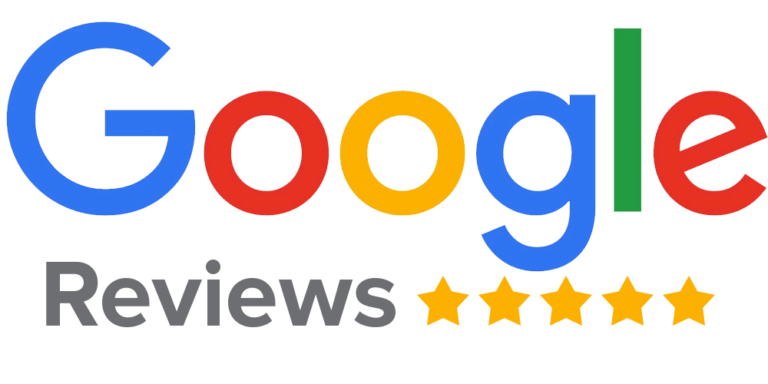If you’re familiar with the 5 Monkeys Experiment, narrated several years ago here, you’ll know it accurately portrays most organizational cultures; that we tend to do things the way they’ve always been done. Organizations and their people rarely revisit these ways of doing things or challenge whether the reason behind it still holds any merit.
The experiment compares employees in the work environment to caged monkeys, doing things the way they’ve been taught, because “it’s always been done that way”.
Though, here we are in the summer of 2022, and what’s changed? After 2+ years of COVID and the rise of remote work, we’re starting to see a new era of transformations across organizations. Employers are not necessarily operating the same way they did pre-COVID yet are preparing to return to physical workplaces in the fall, with some making the shift earlier and some not at all. For those enforcing a Hybrid Work Model, the key bonus they promote is a more flexible work schedule. This flexible model gives employees the option to continue to work remotely a few days of the work week, while needing to be physically present in the office on the other weekdays.
This hybrid model brings a whole different set of challenges, mostly because, it’s not “the way we’ve always done things”, at least not these last two years. For most organizations, and particularly managers, it will introduce a very new and unchartered territory. Managers aren’t as familiar or experienced in managing a hybrid team, nor the challenges that come from a hybrid workplace. There is a lot of uncertainty around collaboration, maintaining cohesion, positive workplace culture and relationships.
Just as we narrowly escaped the drastic change that forced us to work full-time from our homes during COVID, a new change will lead us through the uncomfortable feeling of shedding that routine we worked so hard to establish.
Change is always hard at first, even if it’s welcomed. Some employees may be excited at the thought of returning to the workplace. Getting to experience face-to-face interactions are for many, long overdue. For others, the return to a daily commute and added responsibility of needing to make oneself “presentable” does bare a time investment that was once spent pouring a fresh hot cup of morning java and enjoying it quietly, which sure beats spilling it on yourself from an unreliable travel mug while robotically driving through the traffic.
Regardless of your feelings about the post-pandemic transition, there will be some inevitable hiccups along the way. To start this change off on the right path, leaders must first acknowledge that not everyone will feel the same way about returning to work, and there will be some negative resistance. What’s important for leaders to monitor, is the workplace culture. Workplace culture cannot be compared to what it was before. Before the team began remote work, perhaps there used to be daily chats at the water cooler, where Nancy updated everyone on her son’s pursuit for college, or John invited his colleagues to watch the game after work, where everyone had access to their workmates by simply walking over and asking questions or making general conversation. This workplace culture will be different and only leaders will have the ability to shape it into a positive one.
There are a series of potential challenges that need to be ironed out before the new path is smooth, and we know this from experience. Intersol has been working with clients that have successfully transitioned into a hybrid workplace or other new model that required significant change management. Leaders will need to be vigilant in the first few months, acknowledging that this is a learning process for all. Monitoring employee engagement and morale, turnover and team dynamics will have to be a priority. What we want to do is remove the return of “we’ve always done it that way”. There needs to be an openness to begin with a clean slate, be part of the change initiative together. What we’ve learned is that every company and organization will face different and unique challenges with a hybrid model, and there will be a critical time to assess whether it is the right model for your organization’s long-term goals. Some organizations who implemented hybrid lost their top talent to competitor organizations that continued a work-from-home model. At which point the organization’s leaders asked themselves whether the requirement to work a few days-in the office was truly necessary, enough to offset the loss of top expertise? In this case, they didn’t need to perform a trial, since the last two years provided enough data to safely conclude that collaboration was still high, deliverables were met, teams were still engaged, and the writing was on the wall.
It’s an uneasy time as we discover what the work world will look like in 2023. There are significant employment gaps in specific sectors, high burnout rates, a lot of demand for technical skills and unprecedented ways of running an organization. We have been preparing for the transition toward hybrid and back-to-work models. We can help you create a positive work culture, manage the change and transition effectively and give you an organizational transformation that people want to be a part of. It won’t be easy, but we can help you get it right, and avoid becoming a caged monkey.


